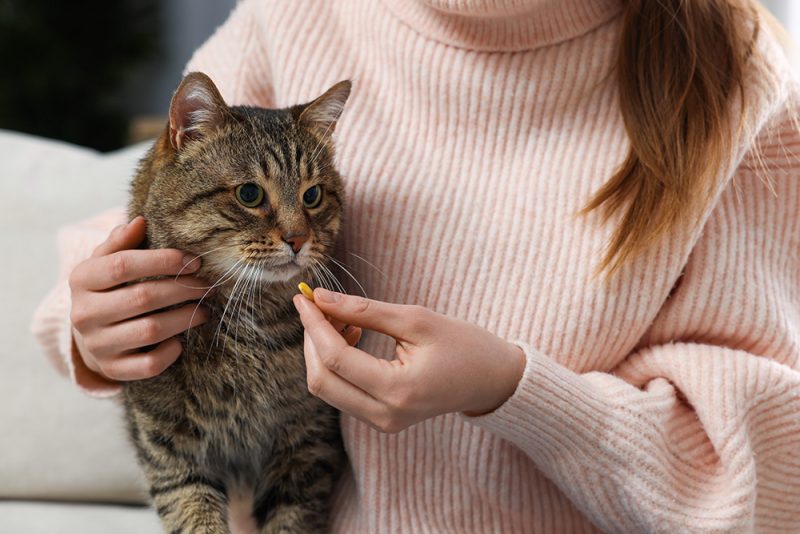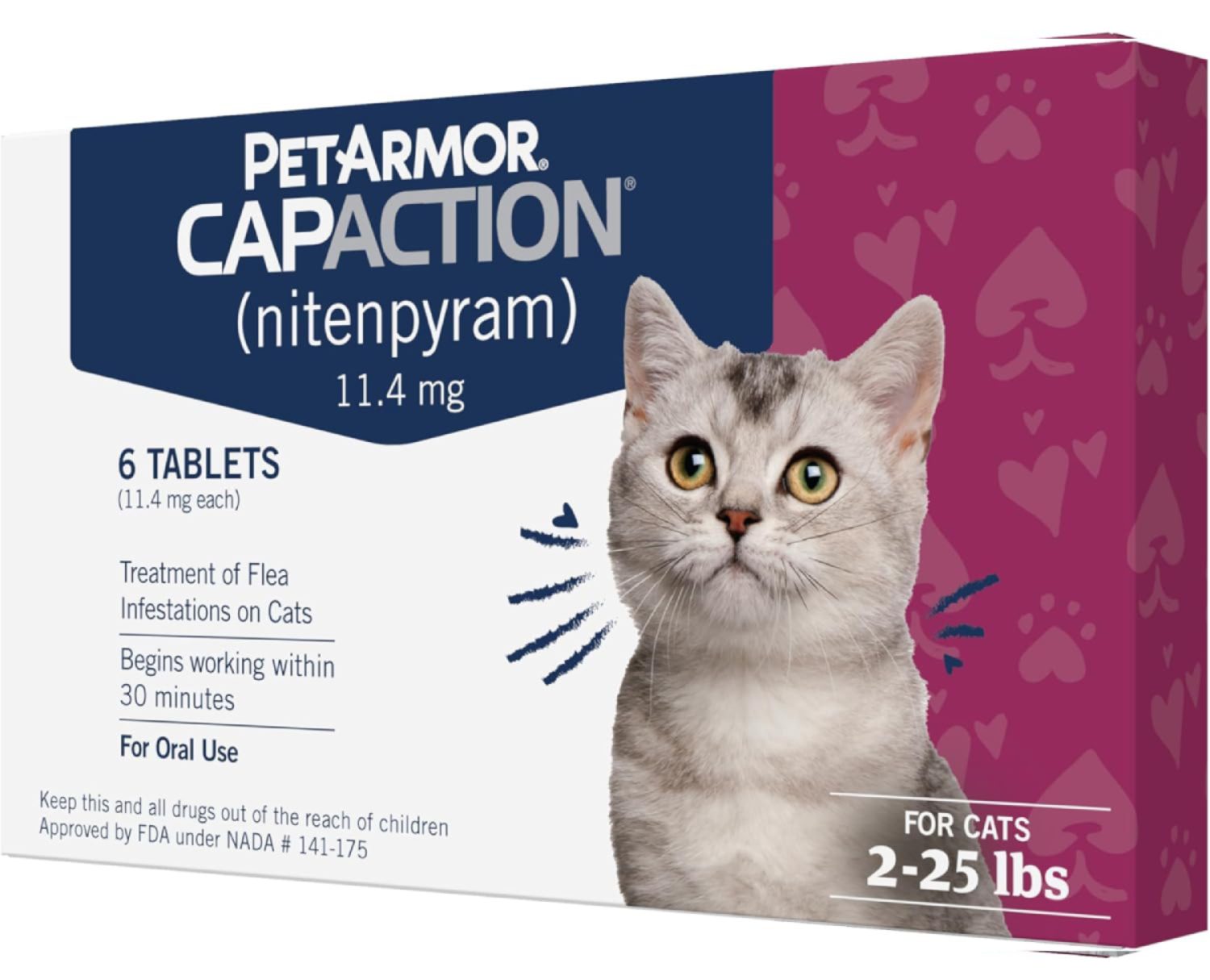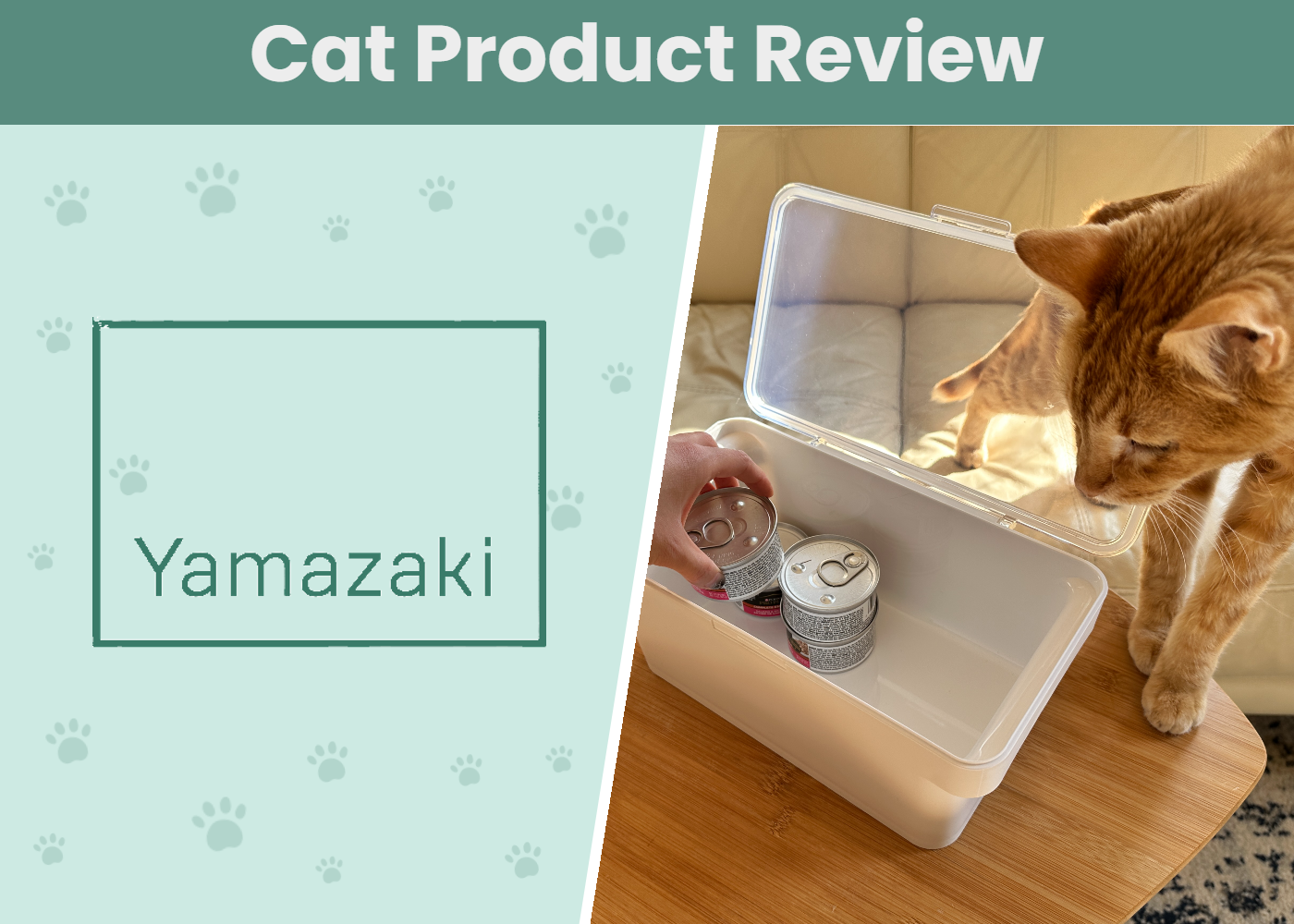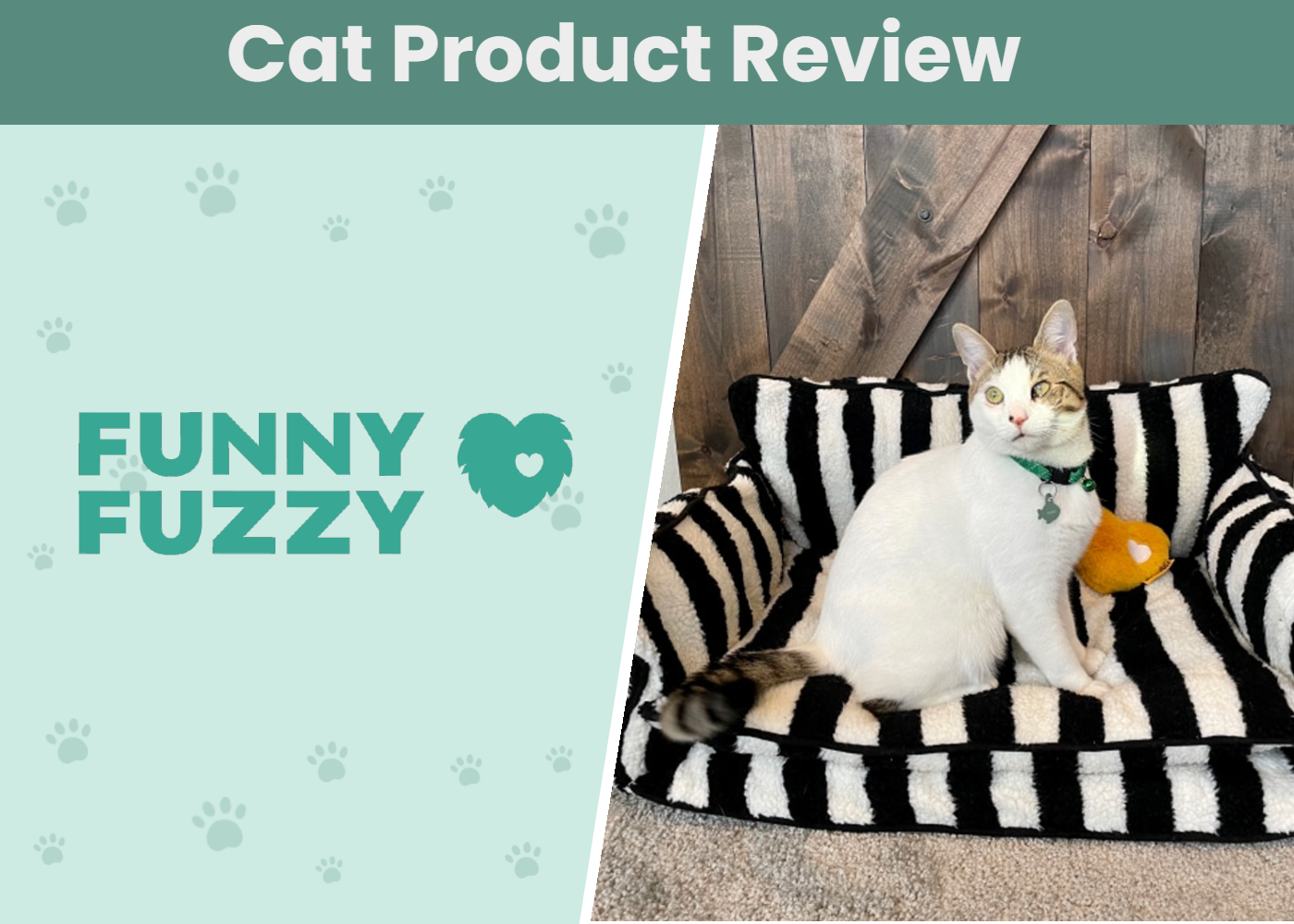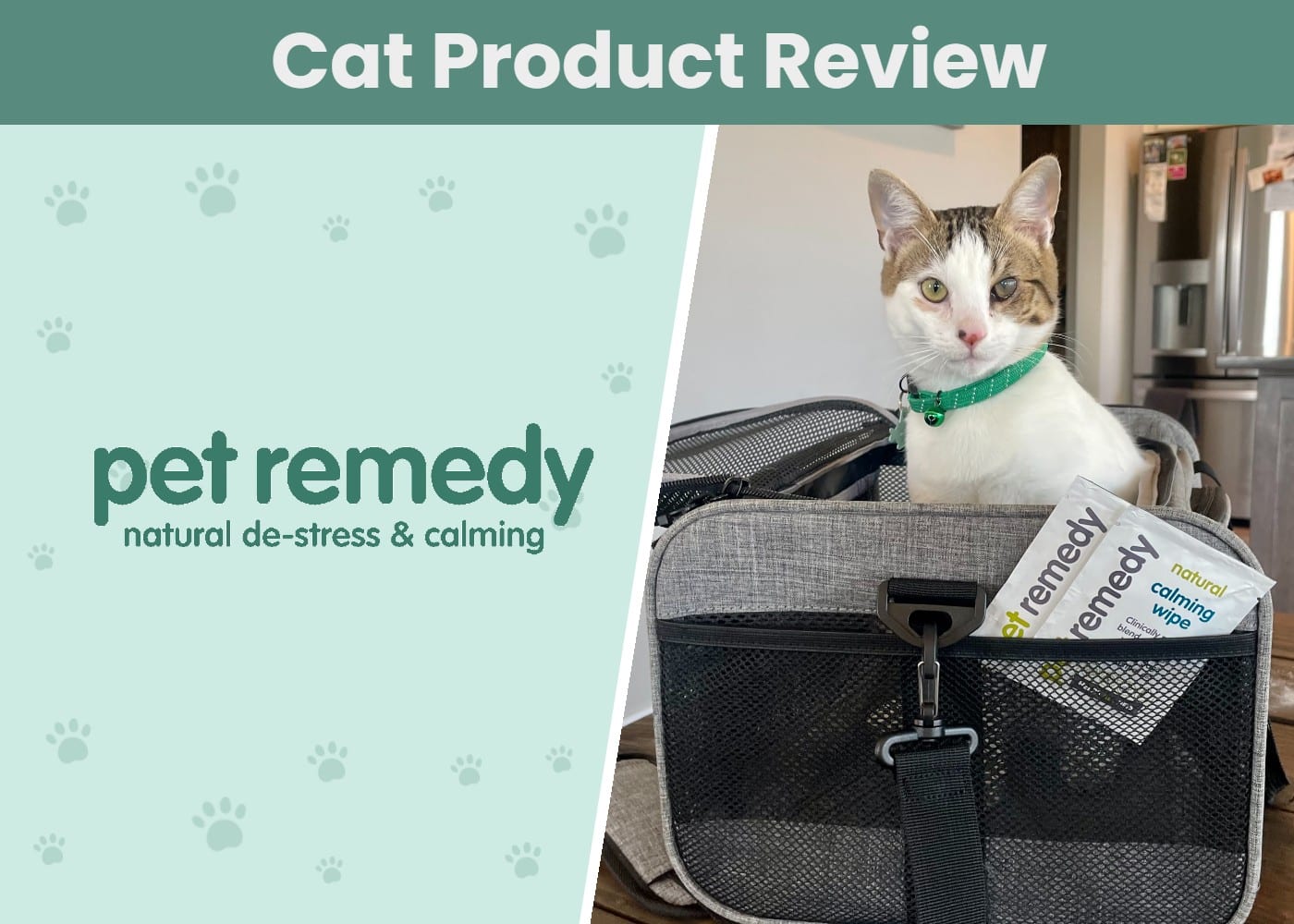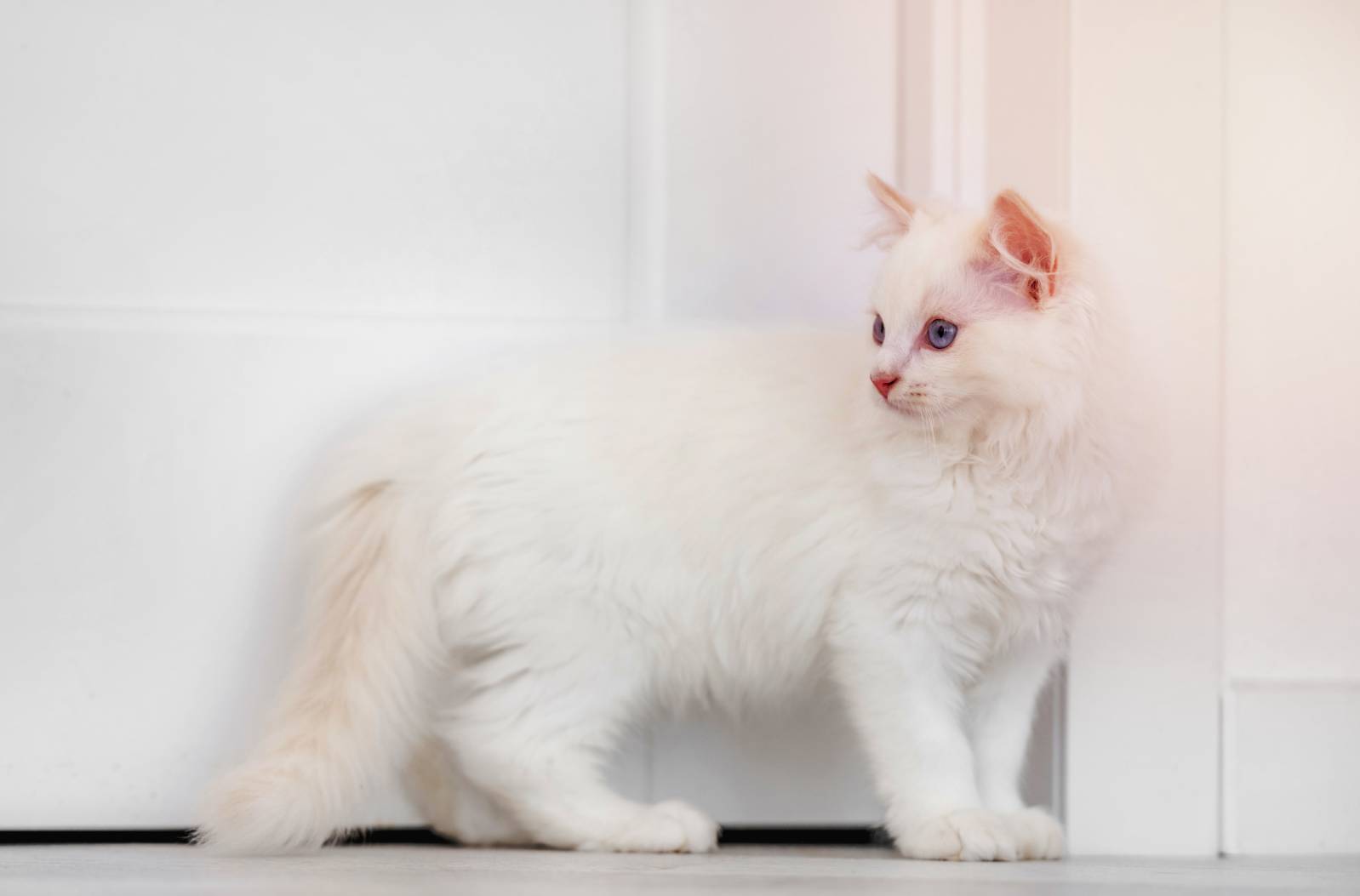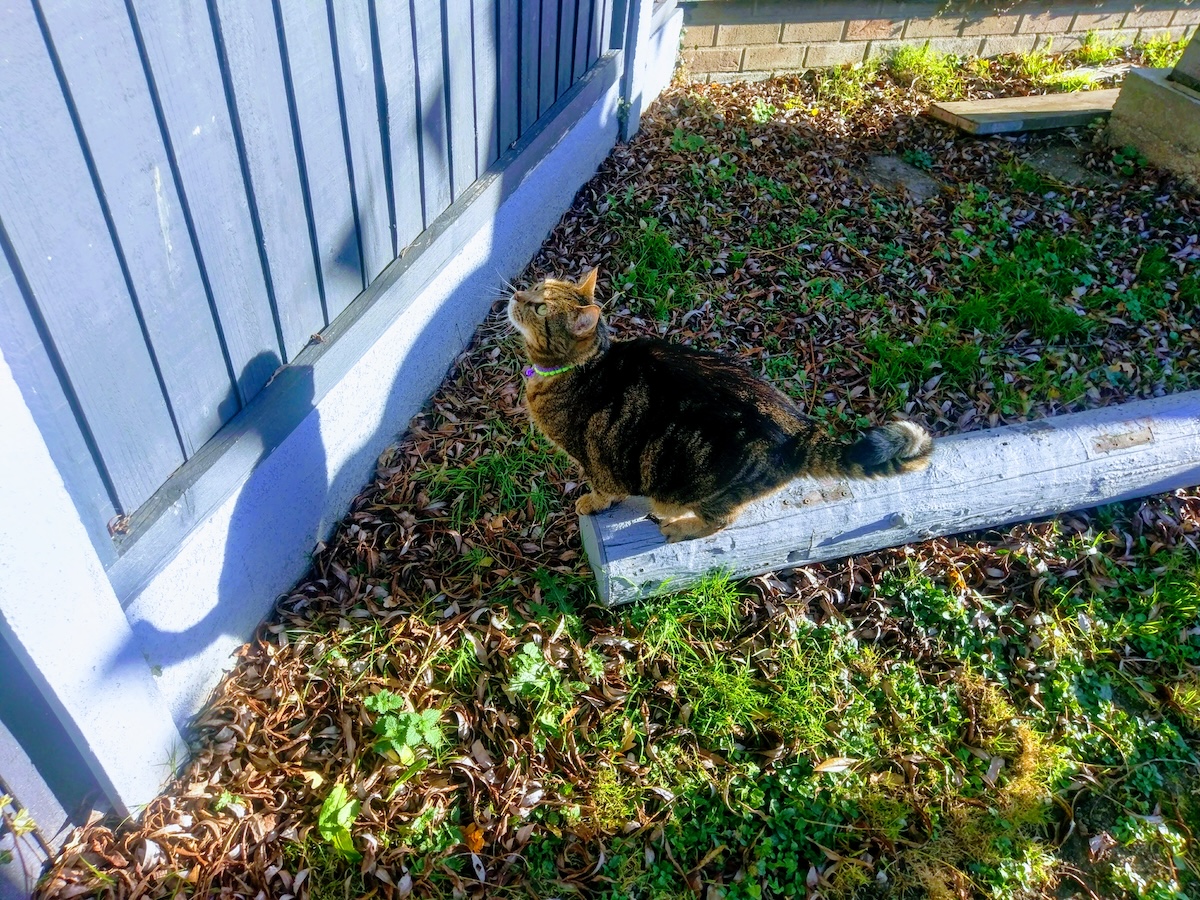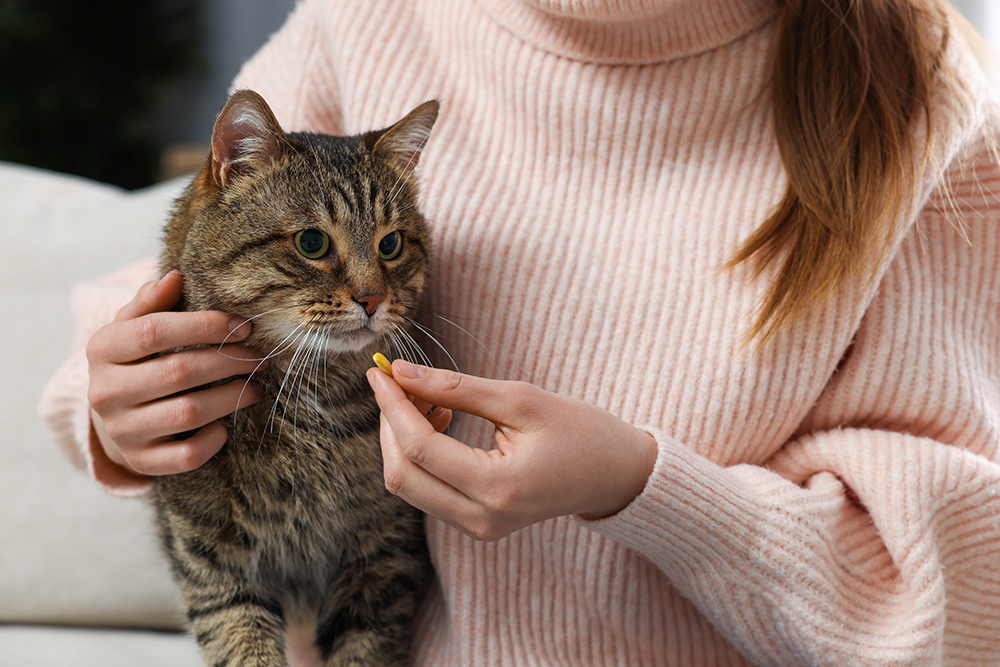
When you’re choosing a medication for your cat, it’s essential to know all the details. Make sure you take your kitty for a check up with your vet to decide which treatment will work best for your cat’s situation since an untreated or poorly managed flea infestation can quickly become out of control. That’s why we’ve reviewed and listed the very best oral flea medications you can order today. Grab those details and links so you can get rid of those little leeches as soon as possible.
A Quick Comparison of Our Favorites in 2024
| Image | Product | Details | ||
|---|---|---|---|---|
| Best Overall |
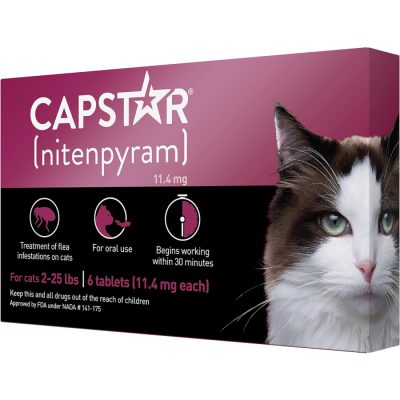
|
Capstar Flea Oral Treatment for Cats |
|
CHECK PRICE |
| Best Value |
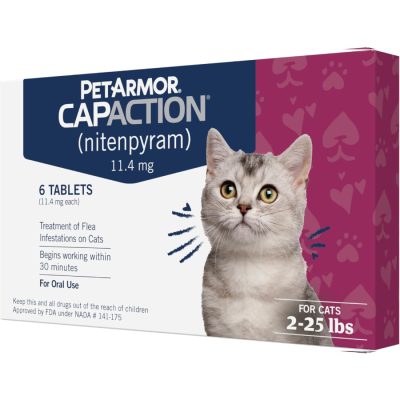
|
PetArmor CapAction Flea Tablets for Cats |
|
CHECK PRICE |
| Premium Choice |
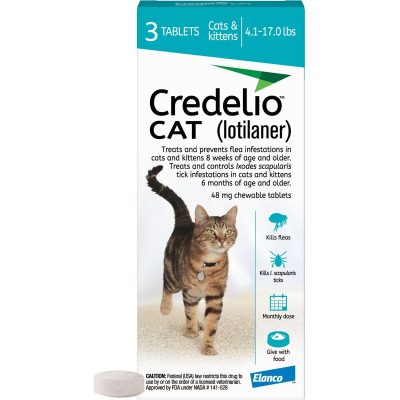
|
Credelio Chewable Tablets for Cats |
|
CHECK PRICE |
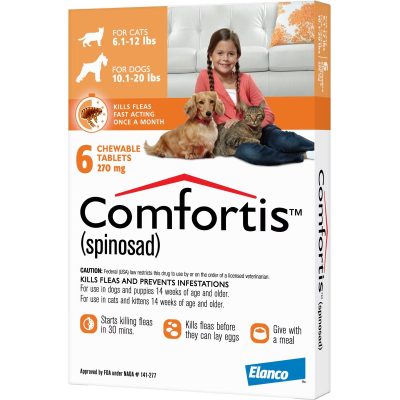
|
Comfortis Chewable Tablets for Dogs & Cats |
|
CHECK PRICE |
The 4 Best Oral Flea Treatments for Cats
1. Capstar Flea Oral Treatment for Cats– Best Overall
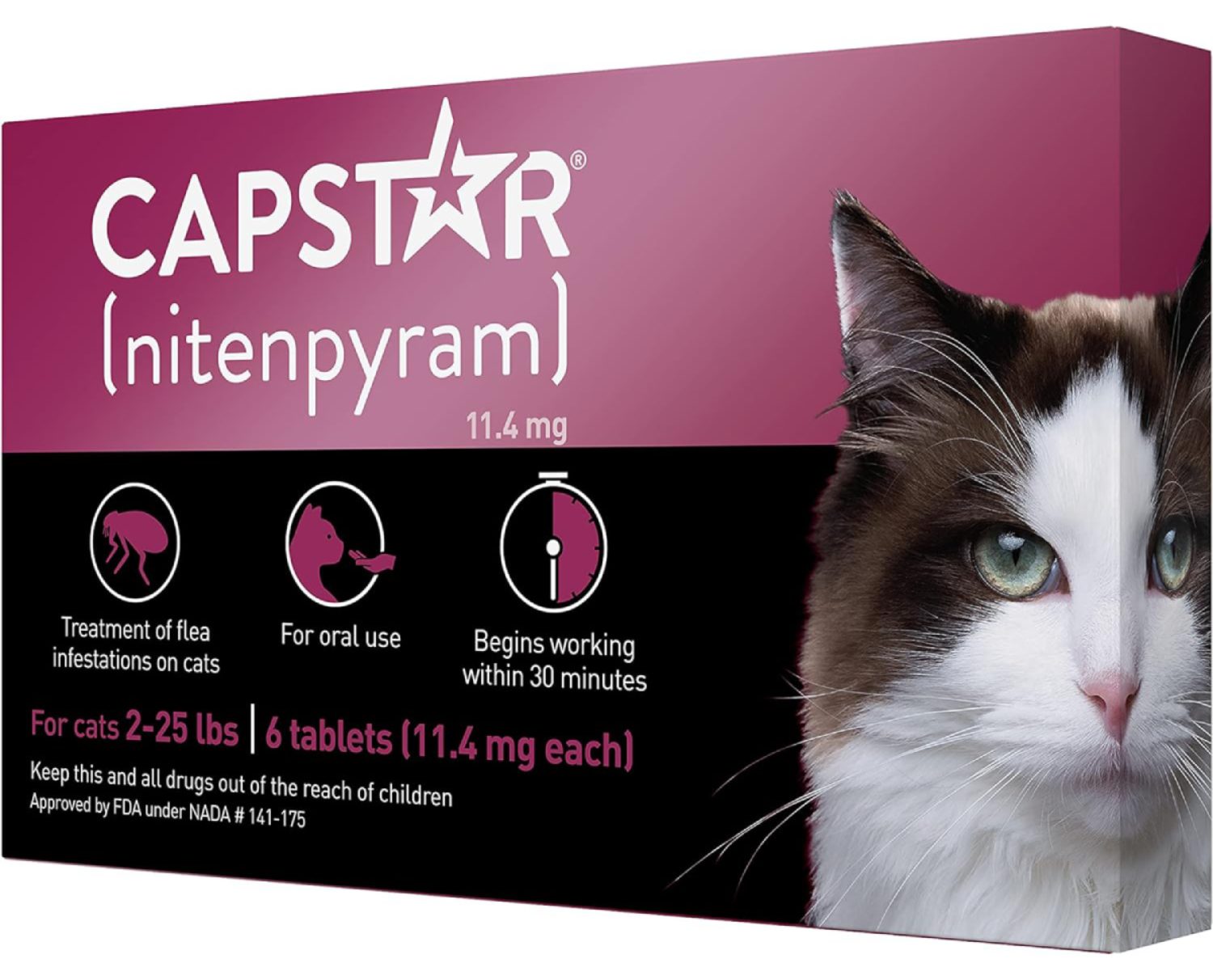
| Weight: | 2 to 25 pounds |
| Active Ingredients: | Nitenpyram |
| Dose: | 1 tablet (11.4 milligrams) per cat weighing 2 to 25 pounds |
| Age: | From 4 weeks of age |
Capstar Flea Oral Treatment for Cats is our top overall pick because it begins working within just 30 minutes, killing all fleas for fast-acting itch relief. It’s 90% effective at killing all adult fleas within 6 hours, and you don’t have to smear an icky cream on your cat to get the job done. The pill itself is small and easy to hide in food, and you can re-dose as often as daily if your cat happens to get infested. We like that it can be used with medicated flea shampoos or topical products for a two-pronged method of attack.
The only flaw we have to mention is that Capstar does not treat or kill flea eggs, so it won’t break the life cycle, and new adult fleas can attack your cat once the eggs hatch and larvae become adults. Capstar does not kill ticks either, so you’ll need another solution for those issues. However, as mentioned above, Capstar can be combined with other products, so it’s a pretty minor flaw.
- Powerful anti-flea action occurs within 30 minutes
- Kills 90% of adult fleas within 6 hours
- Can be used with other anti-flea measures
- Does not kill eggs or larvae
- Does not have persistent activity
2. PetArmor CapAction Flea Tablets for Cats – Best Value
| Weight: | 2 to 25 pounds |
| Active Ingredients: | Nitenpyram |
| Dose: | 1 tablet (11.4 milligrams) per cat weighing 2 to 25 pounds |
| Age: | From 4 weeks of age |
PetArmor CapAction Flea Tablets for Cats is the best budget pick for cat owners with kitties suffering from itchy fleas, killing fleas within minutes and with most fleas dead within just 6 hours. It also contains nitenpyram as the active ingredient. You can readminister the dose, which is just one tablet, in severe cases. However it has no effect against immature stages of the flea life cycle, and therefore, you will have to use it in combination with other flea medications to prevent re-infestations. PetArmor CapAction works best when used in conjunction with topical flea medications.
Just like our top pick, this product is a little held back by the fact that it’s only acutely effective and it does nothing to repel fleas from coming back once the drug wears off. It also doesn’t do anything to get rid of eggs.
- Kills fleas within minutes of ingestion
- Kills most fleas within 6 hours
- Can be re-dosed following your vet’s advice
- Works great with topical flea treatments
- Doesn’t have persistent activity
- Doesn’t kill eggs
3. Credelio Chewable Tablets for Cats 4.1 – 17 lbs – Premium Choice
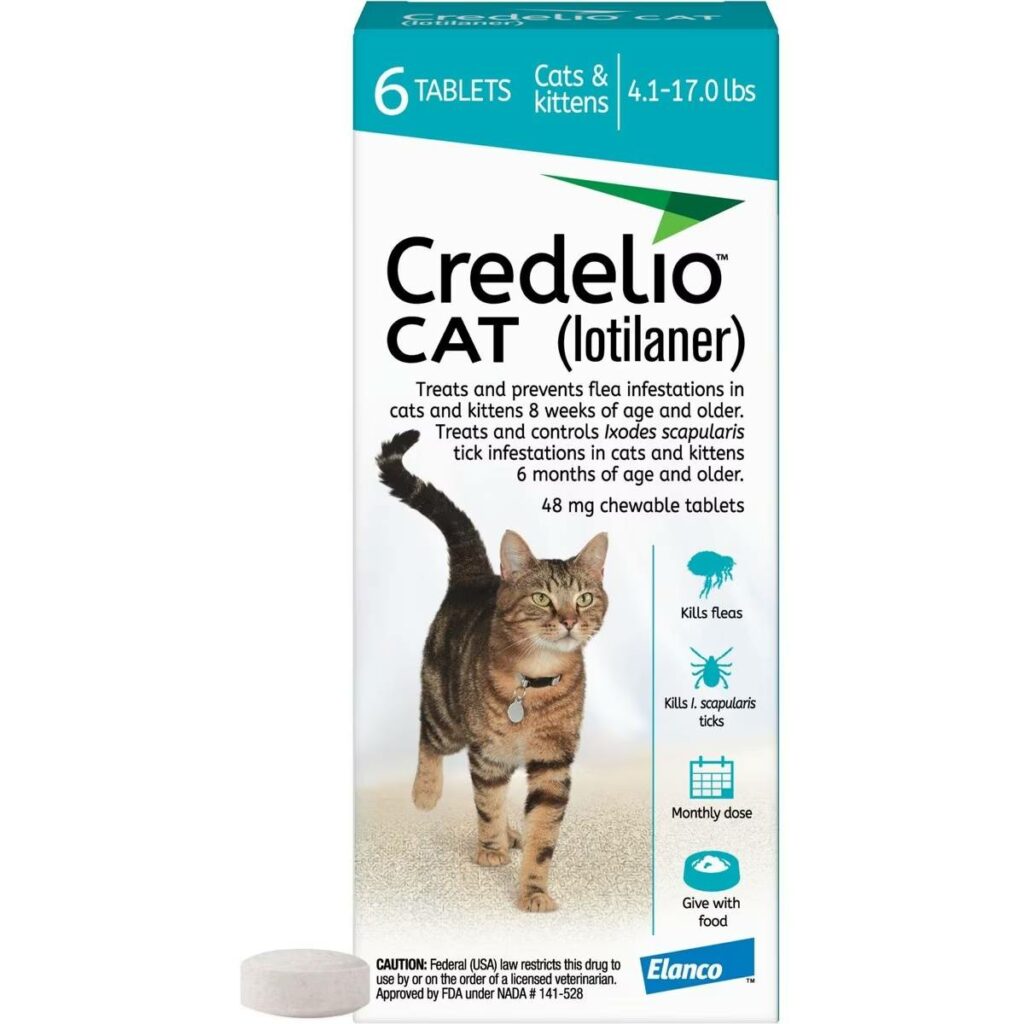
| Weight: | 2 to 25 pounds |
| Active Ingredients: | Nitenpyram |
| Dose: | 1 tablet (48 milligrams) |
| Age: | From 8 weeks of age |
Credelio is indicated to treat and prevent flea infestations in cats over 8 weeks of age and weighing 4.1 pounds. It is also formulated to kill ticks in cats over 6 months of age. Credelio will kill fleas once they start feeding from your cat, and therefore, it doesn’t prevent the transmission of diseases. Our favorite part about this product is that it’s effective at killing adult fleas and ticks for up to 30 days, only needing a monthly administration.
Sadly, Credelio doesn’t have any effect on flea larvae or eggs, and you’ll have to target those with a different flea treatment. Before mixing with other medications, however, consult your vet on potential interactions between flea treatment products.
- Kills fleas within minutes and keeps them away for up to a month
- Small, pleasant-tasting pill
- One and done—doesn’t require extra pill or frequent redosing
- It is also effective against ticks
- Doesn’t kill eggs or larvae
- Must be given with food or within 30 minutes after feeding
4. Comfortis Chewable Tablets for Dogs & Cats (6.1 – 12 lbs)
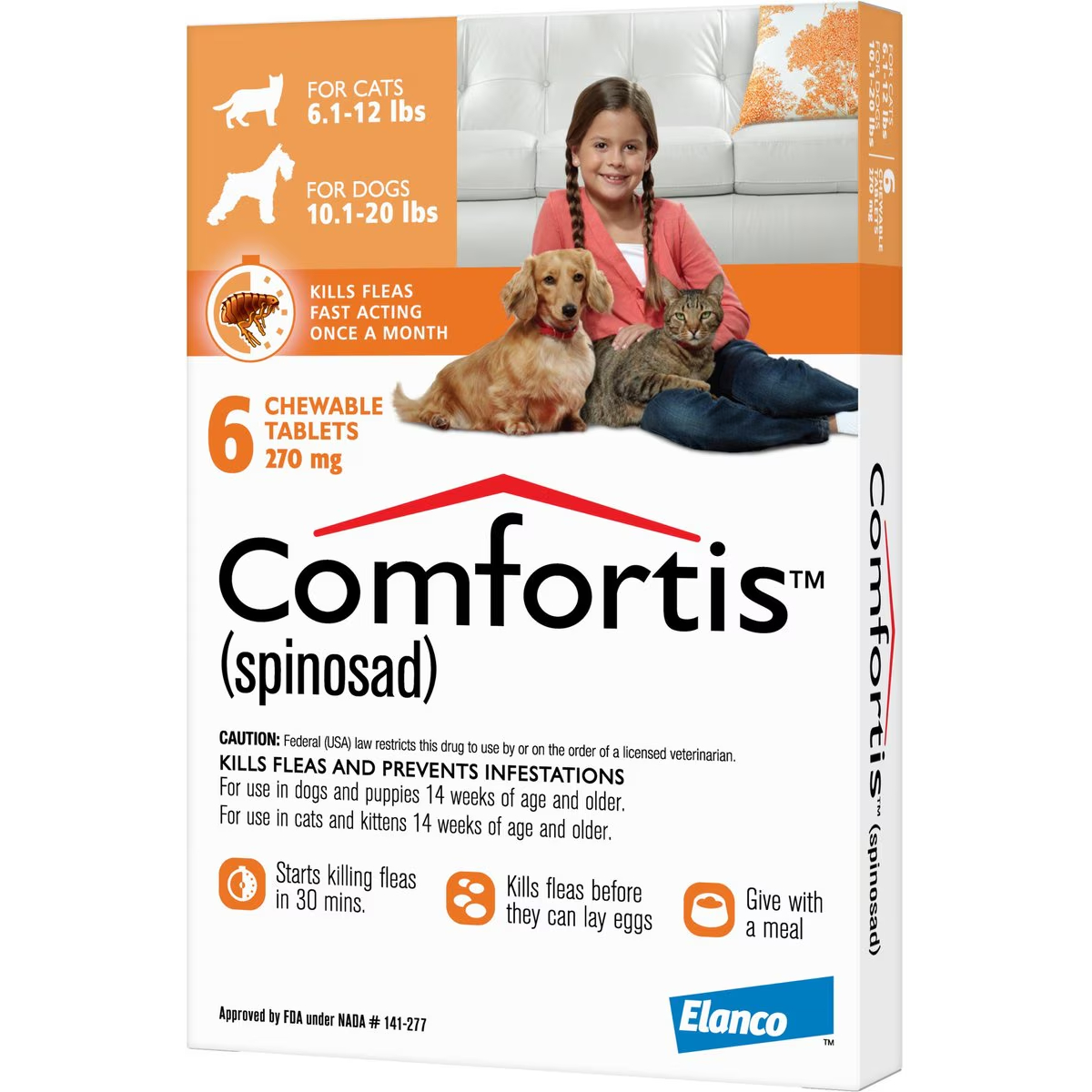
| Weight: | 6.1 to 12 pounds |
| Active Ingredients: | Nitenpyram |
| Dose: | 1 tablet (270 milligrams) |
| Age: | From 14 weeks of age |
Comfortis is a comprehensive oral flea medication that kills fleas and prevents infestations for up to a month. The beef-flavored tablets won’t require tricks to give to your cat, and they start working within just half an hour. Studies have shown that 90% of fleas die within 2 hours of treatment, and 96% at 8 hours post treatment. To remain effective, you should re-dose Comfortis monthly until your vet recommends so. Depending on the environment, your cat may need to be treated all year round.
As far as cons go, Comfortis 270 mg (orange box) is formulated for cats weighing 6.1 to 12 pounds and up and should not be given to cats weighing less. Cats between 4.1 and 6 pounds should be given Comfortis 140 mg (pink box) and cats between 12.1 and 24 pounds should receive Comfortis 560 mg (green box).
- Fast-acting – kills most fleas within 2 hours
- Tasty beef flavor
- Only requires re-dosing once every month
- Must be given with food or within 1 hour after feeding
- Only for use with cats 6.1 to 12 pounds
Buyer’s Guide: Selecting the Best Oral Flea Treatments for Cats
Fleas are more than itchy; they can pass on a host of nasty diseases to your cat and are just a hassle to deal with. When you’re looking for the best oral flea treatments, you want to consider the effectiveness of the medicine, how easy it is to feed your cat, and treat the rest of your home for fleas. Let’s delve into those topics below in our buyer’s guide before wrapping up.
Flea Control Effectiveness
All the best flea treatment medications take a few hours to work because they have to get into your cat’s bloodstream. The best treatments will kill adult fleas and stop them from laying eggs in order to break the flea life cycle. Once your product has started working, you may notice dead fleas on your cat’s coat, and this is when you can brush your cat to help get them off.
Ease of Use
Nobody likes force-feeding pills to their cat, and your cat will resent you for it if you make them swallow a giant pill every day. That’s why you look for smaller, more palatable, or chewable pills that your cat’s delicate nose and mouth won’t find offensive. The best pills are tiny enough to hide in a juicy piece of tuna or jammed into a ball of lean lunch meat, and ideally, one that doesn’t need to be given more than once a month.
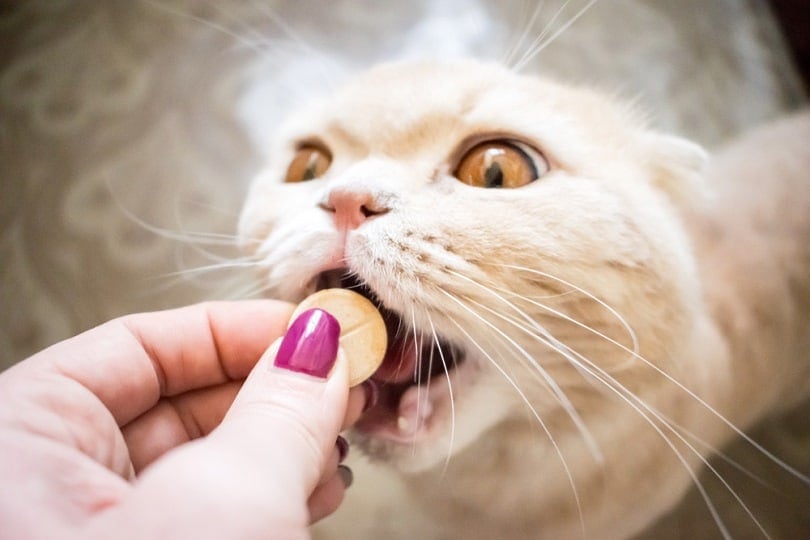
Treating Your Home for Fleas
To make your flea treatment stick, you’ll also have to treat your home for fleas. This might sound like a big task, but it’s essential if you don’t want a reinfestation to occur. Let’s break down some ways you can treat your home for fleas and eliminate the chance of them coming back.
Tips for Controlling Fleas in Your Home
- Remove and wash all bedding your cat regularly uses. Wash them in the washing machine with hot water before replacing them.
- Use your strongest vacuum and go over all the carpet, skirting boards, and every corner in your home in multiple passes. This helps guarantee that you get all of them.
- Use a steam cleaner to clean your furniture and carpet after your cat’s flea treatment.
- Treat all the pets in the household.
- Once you get the current problem under control, make sure you put a plan in place to prevent further infestations.
Conclusion
Fleas can transmit nasty diseases and cause severe skin problems to your cat, and it’s up to you to deal with it using one of the products on our list here. We recommend Capstar Flea Oral Treatment for acute cases of fleas, but PetArmor CapAction Flea Tablets might be a little more budget-friendly.
Remember that for a successful result, you always need to treat all the pets in the household, not just the ones that are itching! Plus, you will have to break the flea life cycle with the products you choose. And regardless of your preferred treatment, whenever you are dealing with a flea problem, you should reach out to your vet for tailored advice.
Featured Image Credit: New Africa, Shutterstock
Contents
- A Quick Comparison of Our Favorites in 2024
- The 4 Best Oral Flea Treatments for Cats
- 1. Capstar Flea Oral Treatment for Cats– Best Overall
- 2. PetArmor CapAction Flea Tablets for Cats – Best Value
- 3. Credelio Chewable Tablets for Cats 4.1 – 17 lbs – Premium Choice
- 4. Comfortis Chewable Tablets for Dogs & Cats (6.1 – 12 lbs)
- Buyer’s Guide: Selecting the Best Oral Flea Treatments for Cats
- Flea Control Effectiveness
- Ease of Use
- Treating Your Home for Fleas
- Tips for Controlling Fleas in Your Home
- Conclusion

